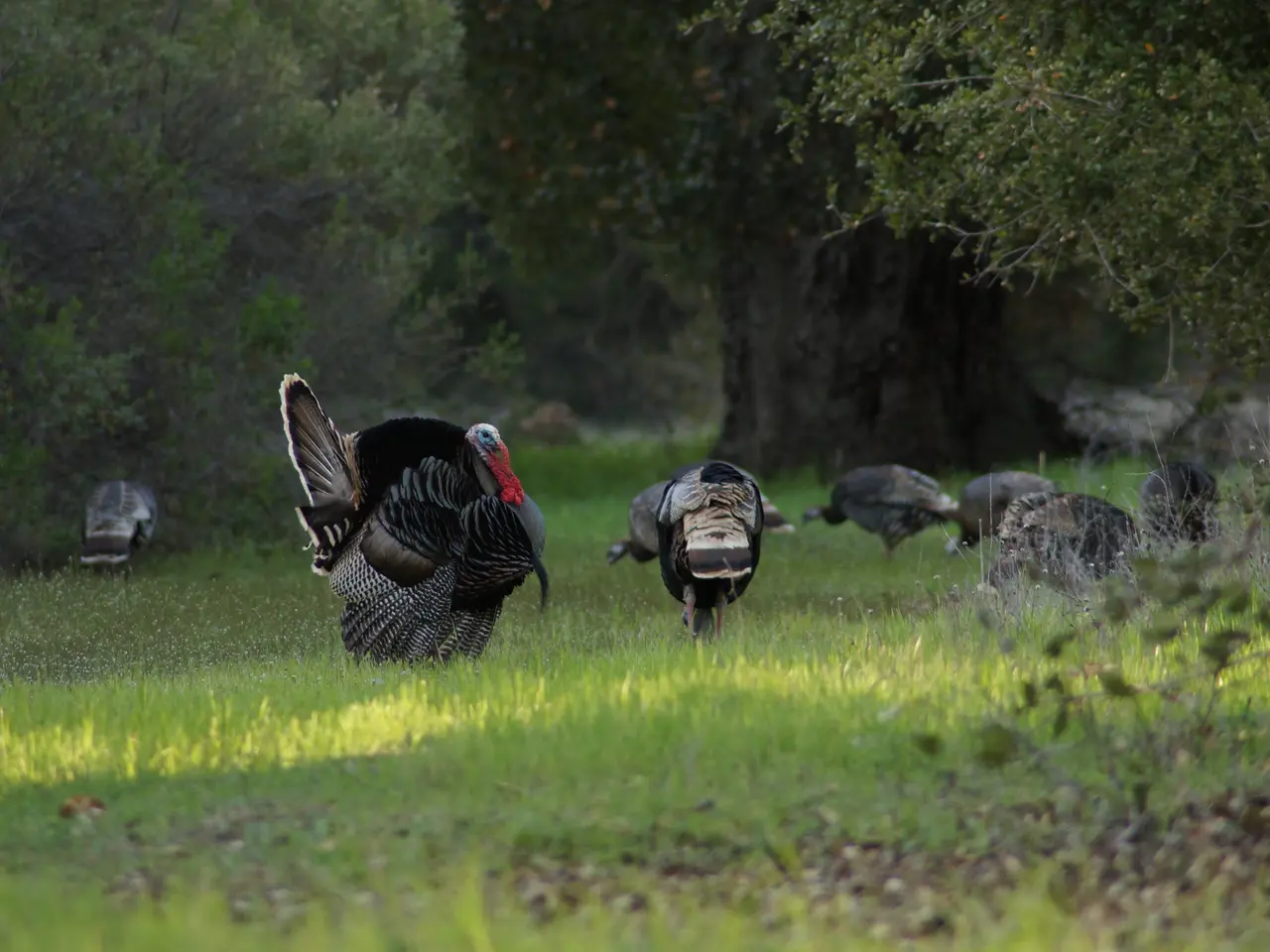Tips for Scientifically Optimized Thanksgiving Feast
In the culinary world, Thanksgiving is a time for tradition and innovation. This year, let's explore some scientifically backed techniques to elevate your holiday feast.
Firstly, say goodbye to the traditional round turkey and welcome the spatchcock method. The physics of spatchcocking are simple: a flatter surface allows for more consistent heat transfer and maximizes the amount of skin exposed to direct heat. This results in spatchcocked turkeys cooking faster, more evenly, and producing significantly crispier skin with juicier meat underneath.
While traditional wet brining works primarily by forcing the meat to absorb water through osmosis, which dilutes flavor, dry brining offers a solution. Applying salt directly to the turkey's surface 24-48 hours before cooking triggers the same moisture-retention benefits without diluting flavor.
When it comes to pie crusts, research from America's Test Kitchen found that using alcohol in pie crusts produced crusts that were 20% flakier than traditional all-water versions. As the pie bakes, the alcohol evaporates completely, leaving a perfectly flaky texture.
Now, let's talk about wine pairings. For turkey, choose medium-bodied wines with bright acidity. Slightly off-dry Riesling pairs well with sweeter side dishes, while versatile options like Syrah/Shiraz or Zinfandel are suitable for multiple dishes.
Stuffing cooked inside the bird creates a significant food safety risk and compromises meat quality. Instead, cook the stuffing separately for a safer and tastier meal.
Mashed potatoes are another essential dish. The key to ideal mashed potatoes is controlling starch activation. Start potatoes in cold water, drain completely, let them steam dry for 5 minutes, and add fat (butter) before liquid (warm milk or cream).
Gravy is essentially a flavoured colloidal suspension. To prevent lumpy gravy, a proper roux should be created by cooking equal parts fat and flour until the raw flour taste disappears, adding hot stock gradually while whisking continuously, and maintaining temperature above 140°F but below boiling to keep starch granules properly hydrated.
For enhanced flavour, umami-rich ingredients like soy sauce, fish sauce, or mushroom powder can be incorporated into gravy.
Lastly, when preparing your turkey, remember that frequent basting during cooking extends cooking time and leads to drier meat. Instead, apply a dry brine or a flavourful rub before cooking for optimal results.
In conclusion, this Thanksgiving, consider incorporating these scientifically backed techniques to ensure a flavourful and stress-free feast. Happy cooking!
Read also:
- Peptide YY (PYY): Exploring its Role in Appetite Suppression, Intestinal Health, and Cognitive Links
- Toddler Health: Rotavirus Signs, Origins, and Potential Complications
- Digestive issues and heart discomfort: Root causes and associated health conditions
- House Infernos: Deadly Hazards Surpassing the Flames








